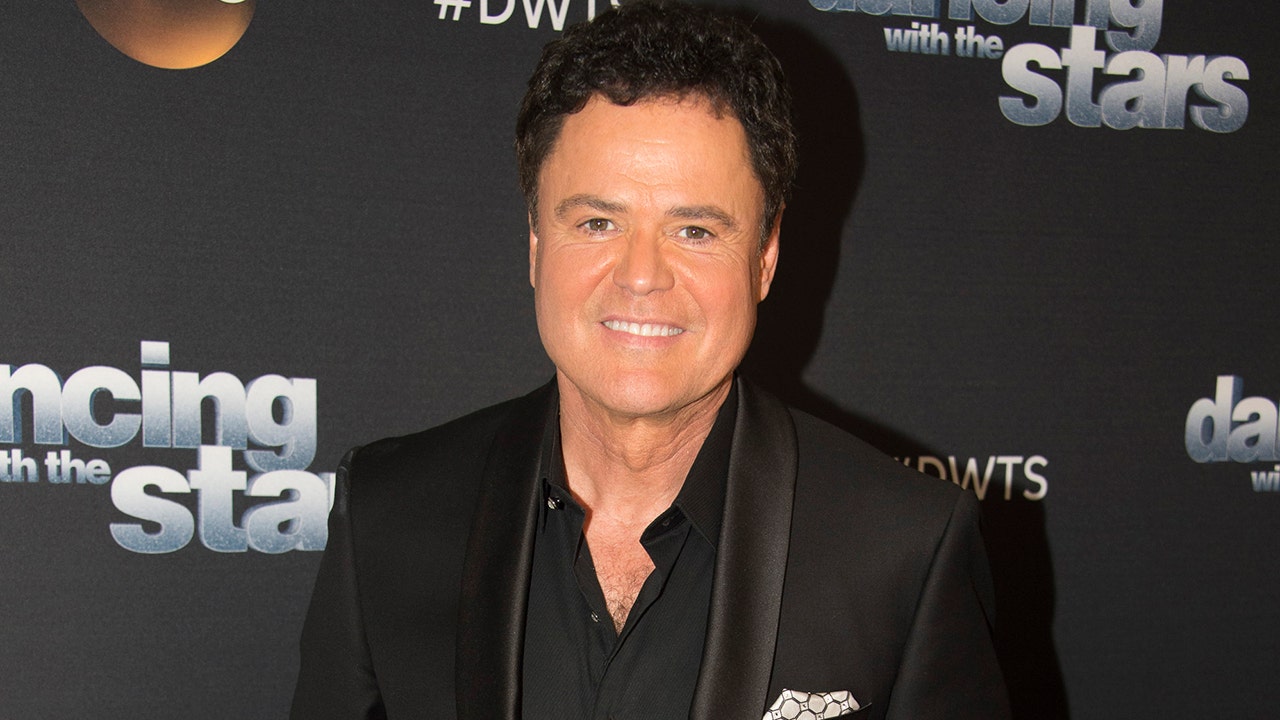
A tender boundary set to Muscle Shoals shimmer—Donny Osmond turns “Go Away Little Girl” into a chaste confession you can still feel in your chest.
Set the record on its shelf before the feelings rush in. “Go Away Little Girl”—a Gerry Goffin/Carole King tune first cut in the Brill Building years—arrived as Donny Osmond’s second solo single on July 31, 1971, billed to the album To You with Love, Donny (released October 11, 1971). It shot to No. 1 on the Billboard Hot 100 on September 11, 1971, holding the top for three weeks, and went Gold a month later (October 13, 1971). In Canada it also reached No. 1 on the RPM Top Singles chart. On the U.S. 45 (MGM K 14285), the flip was “The Wild Rover (Time to Ride).” Those are the hard dates and numbers—the paper trail that matches how completely this record filled the air in late ’71.
There’s a lovely historical quirk tucked inside those chart lines. “Go Away Little Girl” became the first song ever to top the Hot 100 with two different artists—first Steve Lawrence in January 1963, then Osmond in 1971. (The lyric had already proven durable: The Happenings carried it back into the U.S. Top 20 in 1966.) That double crown explains why older listeners often remember two eras at once when the melody starts: tuxedoed early-’60s pop and the clean, radio-bright sound of 1971.
The backstory is Brill Building plain. Goffin (lyrics) and King (music) wrote a brief, direct monologue—a young man asking a young woman to keep her distance so he doesn’t betray the girl he’s promised to. Bobby Vee logged the first recording in March 1962; Steve Lawrence turned it into a U.S. No. 1 a few months later. What Osmond brought nine years on was point of view. At 13 when he recorded it, he sings not as a jaded flirt but as a boy trying to do right—the same words, different moral weather. That shift is part of the song’s afterlife: what can read as cloying in abstraction becomes, in his voice, a gentle boundary kept.
On the record, you can hear why it glides. The single was produced by Rick Hall—the architect of the FAME Studios sound in Muscle Shoals—with horns arranged by Harrison Calloway, Jr. (of the Muscle Shoals Horns) and strings by Pete Carpenter. Hall’s touch keeps everything bright but unhurried: an unfussy rhythm section, horns that answer rather than announce, and a vocal mixed close enough to feel conversational. That’s the Muscle Shoals trick applied to teen pop—soul discipline, pop clarity.
If you grew up with the 45, you probably remember the feel before the words: that light step in the groove, the small lift in the pre-chorus, the way the horns glide around Osmond’s rounded vowels. He doesn’t belt; he persuades. The lyric’s plea—go away before I beg you to stay—lands not as melodrama but as manners, the tidy courage of a kid who knows temptation is real and chooses to keep faith anyway. Older ears hear the wisdom there: a pop song that treats self-control as a kind of tenderness.
There’s also the quiet pleasure of hearing a Brill Building song breathe in a new decade. The 1963 Steve Lawrence hit wore its tuxedo proudly—silky strings, supper-club poise. Osmond’s 1971 reading keeps the song’s bones but trades velvet for sunlight: tighter drums, a little Southern air in the horns, and the tidy compression that made AM radio glow in kitchens and cars. It’s still songwriter pop—verse, chorus, clean bridge out—but the Muscle Shoals varnish gives it warmth without syrup.
Meaning deepens with the years. Critics sometimes call “Go Away Little Girl” prim, even “creepy” in certain adult readings; the lyric’s power lies in its plainspokenness. It names a boundary without shame. That’s why Osmond’s version wears so well for older listeners who remember radios as housemates: the song treats innocence not as naiveté but as a choice, and it does so at a tempo anyone can keep. (The fact that a teenager delivered the biggest version only sharpens the point.)
In the discography, the single is the hinge that swung a very young singer into his own lane: first solo U.S. No. 1, the lead handoff into To You with Love, Donny—and, in a neat circle of pop history, the record that tied the Brill Building to Muscle Shoals on a three-minute line. You can track the milestones—release July 31, 1971; Hot 100 No. 1 for three weeks from September 11; RIAA Gold October 13; RPM Canada No. 1—but the reason the song still sits warm in the memory is simpler. It’s the sound of a clear voice choosing kindness over cleverness, backed by a band that knows when to lift and when to leave space. Half a century later, that’s still a good way to sing to someone you care about.